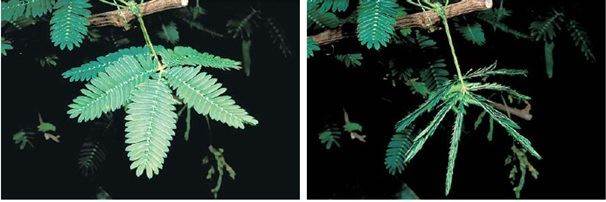You must have noticed that plants show well-coordinated and controlled movements in spite of the fact that they don’t have nerves and muscles. Shifts and changes are one of the essential characteristics of living beings. Changes may occur due to the growth or conversion made in the body components concerning one another. But movements are not haphazard or isolated. They are highly controlled and coordinated.
What is Coordination?
Coordination refers to ordered working of different but interrelated parts to perform one or more activities smoothly. Since the nervous system doesn’t exist in plants, they use a chemical system. Plants coordinate their behavior against environmental changes with the help of Hormones. Plants have various hormones that help them to coordinate growth and response to the environment. These are the chemical compounds which are released by stimulated cells. Hormones are diffused around the cell.
Different types of hormones present in plants are:
- Auxins
- Gibberellins
- Cytokinins
- Abscisic acid
Auxin is synthesized at the tip of the stem and help in plant growth by elongating the cell.
Gibberellin is concerned with the growth of the stem, seed germination, and flowering.
Cytokinins are present in the areas of cell division as in fruits and seeds. Also helps in opening of the stomata.
Abscisic acid inhibits the growth of many parts and responsible for the closure of stomata.
The hormones in plants known as Phytohormones coordinate their behavior by affecting their growth. The growth movements in plants are either directional or nondirectional.
Directional Movements
Directional changes are called tropic movements. Tropic movements are the one which occurs in the direction of the stimulus. Positive phototropism is responding by bending towards the sunlight which can be seen in shoots. Negative geotropism is growing away from the ground which is also shown by shoots. Roots exhibit negative photo tropism by bending away from the light and show positive geotropism by growing towards the ground. Chemotropism is a movement of growth in plants in response to the chemical stimulus like the growth of pollen tubes towards ovules.
Non- Directional Movements
Non-directional movements are called nastic response and concerned to movements of plant parts. Nastic movements are independent of growth, and plant cells have to change their shape for this movement to occur. These changes take place in the opposite direction to the stimulus.
To learn more about coordination in plants, please visit Byju’s.com.

Comments